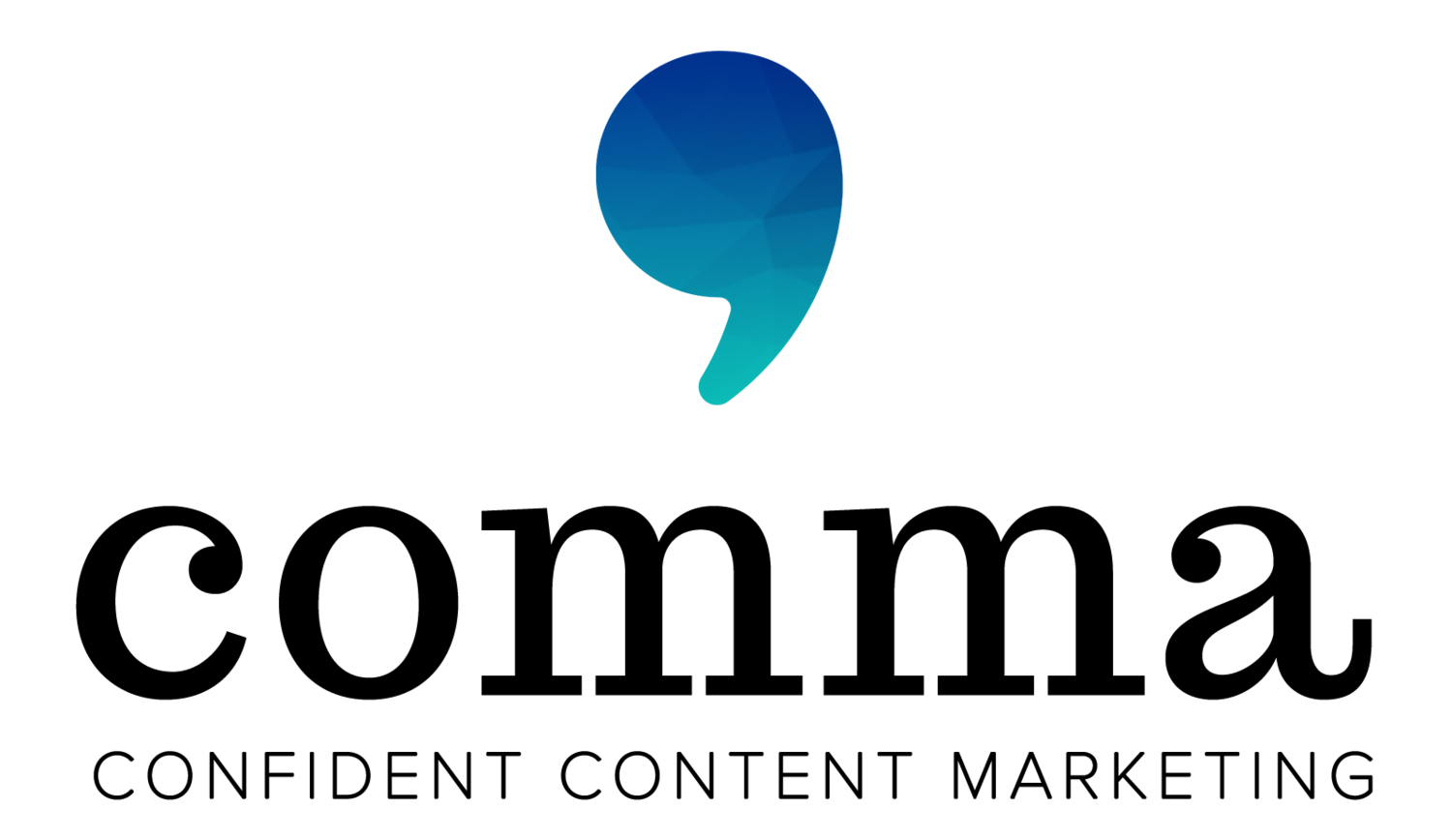Going Green Behind the Screen: The Digital Environment After COVID-19
Earth Day arrives with a drastically different tone this year. The global pandemic has forced the shutdown of schools, businesses, and social and family gatherings in unprecedented worldwide closures.
Yet, if we take a closer look at our physical landscape, we’ll find that the earth appears to be healing. BBC reported that levels of pollution in New York have reduced by nearly 50%. And Stanford University economist Marshall Burke reported over a 25% reduction of deadly nitrogen dioxide pollution in China.
With most citizens worldwide forced to stay home, carbon emissions from travel have become almost nonexistent and daily walks outside have become the ultimate luxury. The market behaviors that were previously forecasted are already here and amplified. It’s time for businesses to step up and meet the consumer demands in this go-green era.
3 Key Ways to Maximize Digital Content
More now than ever, we are dependent on digital networks. While consumers were already reliant on digital access, it has now become our lifeline.
Digital access isn’t a luxury; it’s an absolute necessity for every household. Digital development is an investment; once we emerge from this crisis, our emergency coping capabilities will have become expectations. These expectations will be tied to economic and environmental returns.
Here are three things to remember when building content for your business in this fast-tracked digital environment:
1. Authenticity: While we may see each other less physically, maintaining a personalized connection is key. We’ll decrease our environmental and economic footprint by cutting down on the physical transfer of papers and lessening travel. Other solutions include personalized forms of communication such as video and regular blogging and socials. According to HubSpot, 78% of purchasers watch online videos every week and 55% view online videos every day.
The pandemic has caused a surge in video conferencing, education, and social platforms. To succeed in this market, your content must be personal, authentic, and concise. As automated systems grow in popularity, consumers will demand greater customization to prove there is a human behind the screen.
2. Accountability: Thinner profit margins and resources are forcing every household and business to take stock of their consumption. For that reason, it’s pivotal that your business increase transparency through metrics. Regular, transparent reporting of metrics should be seamlessly integrated into internal and external communications both inside and outside of companies. Real-time data visibility of key performance indicators (KPIs) allows employees to incorporate and adapt to working plans. This regular reporting also empowers customers to provide helpful feedback and informed decisions leading to valuable customer insights.
Personalized emails, transparent socials, educational blogs, and regular reporting should use artificial intelligence (AI) capabilities to deliver metrics that are customized to your audiences’ needs. Your customers will expect to hear from you frequently, so it’s important to regularly report and educate on multiple platforms.
3. Accessibility: According to CNBC, over the next five years 75% of the world will be reading content via their mobile phones. The good news is that this is also reducing your carbon footprint. To step up to the demands of mobile, your content should meet the following criteria:
Mobile-friendly
Easy to scan and read on the go
Educational and accessible
Open access to information is increasing among the next consumer market, and this epidemic has only opened those doors wider. Educational blogs and constant, transparent communication are critical to building and maintaining customer relationships.
Implications for the Future of Business
The pandemic is likely to accelerate and amplify the behavioral trends that already existed in future consumer markets. Research shows that Generation Z (born roughly between 1995 and 2012) is a highly communal, digitally native generation, focused on sustainability and environmental impact. Their youthful idealism is galvanized by their ability to garner digitally native worlds.
With spokespeople like Greta Thunberg, the next generation of consumers is focused on sustainable fashion, ethical farming practices, and renewable energy sources. They expect seamless integration across digital platforms and merging of social, entertainment, and economic platforms. And above all else, they value social consciousness and environmental accountability.
The dawn of a new era is rising, and it’s one that could allow digital solutions to bridge economic and environmental ethics. While it’s an improvement, digital is not perfect. For example, Zoom meetings enable us to cut down on travel, eCommerce reduces overhead, and emails reduce paper consumption, but there can be a dark side to the digital economy.
Research from The Ecologist reveals that digital requires a significant amount of energy to keep those devices charged and running. IT production causes significant pollution, and quickly outdated electronics stock landfills with non-biodegradable materials.
Many people are still unaware of the impact that digital technology has on the environment. In a 2019 survey from the International Weather and Climate Forum (IWF), less than 40% of survey participants realized the connection between digital and climate change. So, while staying green behind the screen hasn’t made it to the forefront of the collective consciousness, these will be concerns in the near future.
As new market audiences emerge, business communication must evolve to become clearer, more concise, and conscious of the potential positive and negative impacts of the emerging digital economy.
Resources are valuable and it’s critical to communicate with your audience clearly, concisely, and regularly in this changing climate. If your business needs high-value, customized content to reach your customers faster, reach out to Comma Copywriters. Our full-service team is here to help your business with strategy, copywriting, and editing needs.

